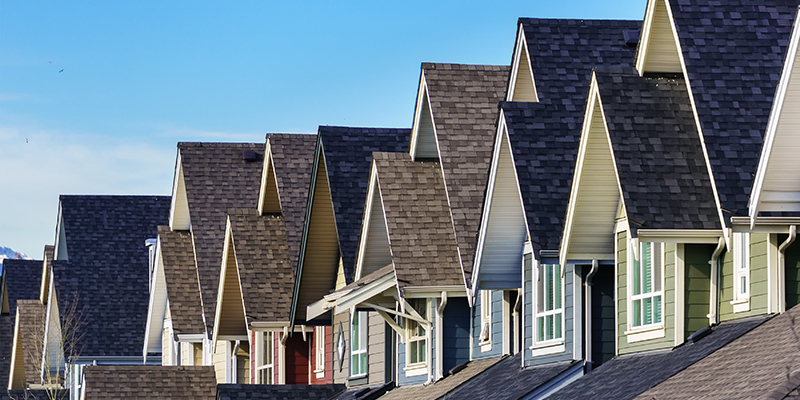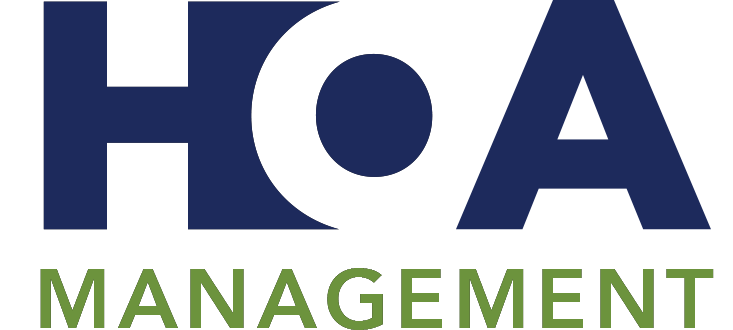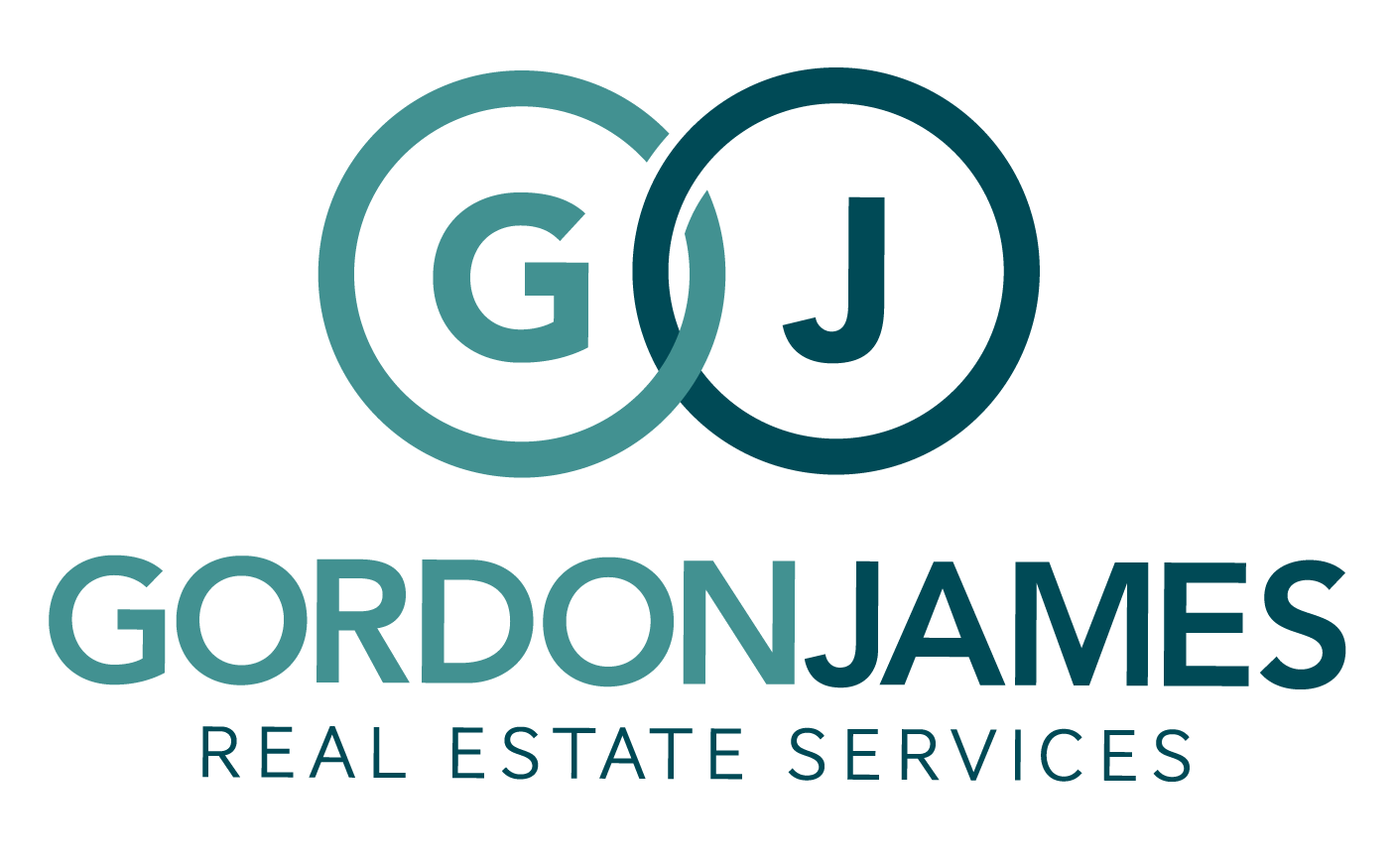6 HOA Trends For 2023

If you’re connected to the real estate industry in any way, please take a minute to catch your breath. The past few years have been absolutely volatile, and it looks like things are about to take another sharp turn in 2023.
Browse By Category
Sign up for Our Newsletter
If you’re connected to the real estate industry in any way, please take a minute to catch your breath. The past few years have been absolutely volatile, and it looks like things are about to take another sharp turn in 2023.
HOAs have not been exempt from the impact of the pandemic, sky-high sale prices, and inflation. Individuals and communities have experienced their own successes and challenges, and those that were able to pivot and try new things had a better chance of remaining stable during such a rocky time.
Change is inevitable, and even if all of these monumental events had not occurred, there would be something else impacting governed communities.
The best thing HOAs can do is anticipate what might come next, and prepare to adapt. While not all changes are entirely positive, here are some trends that U.S. associations can expect to encounter in the new year.
1. More HOAs
HOAs can be polarizing. Those who belong to HOAs understand the value of these governed developments. But those that cannot imagine living in an HOA dislike the idea of paying fees and following rules. Depending on your stance, this first trend could be good news or bad news.
Though the increase is modest, there will be more HOAs in 2023. The Foundation for Community Association Research studies lots of community association data, and has reported consistent growth over the past few years. The prediction for HOA growth in 2018 was 2,500 new associations, 4,000 new associations in 2019, and 5,000 developments in 2022.
Developers make strong profits off of HOAs, which is part of the reason why we are seeing more of them. However, there’s more to it than that. Homeowners benefit from living in community associations because the homes often yield higher resale prices than similar properties that do not belong to governed communities.
Furthermore, with many local municipalities facing fiscal challenges, an HOA can privatize some of the public functions, such as trash or snow removal, traditionally belonging to local government.
2. Communication is on the rise
This trend is indisputably positive. Boards, owners and staff are all craving more frequent, more efficient communication. Associations are moving away from paper letters and forms since they are slow, easily misplaced, and difficult to update. Instead, communities are switching to digital communication systems, including email, text messages, websites, and resident portals. The best results are achieved when associations make use of multiple communication channels.
Good communication has multiple positive impacts, which is why it is being prioritized by so many HOAs. Owners tend to be more engaged and invested in their community when they have enough information to understand what’s going on.
Boards and property managers find that they can carry out tasks and responsibilities with more confidence and less confusion about who is supposed to do what. And, with clear communication, human errors are reduced. Though no one makes mistakes on purpose, they are still costly. It means having to do work twice, spend more time chasing down answers, or pay more for a big repair because it was not approved in time when it was a small issue.
You cannot have a functional, productive or happy community without effective communication. During and after Covid, HOAs got a true sense of just how important it is to keep everyone in the loop. Digital communication channels will become more prevalent, along with online storage spaces, digital event calendars and digital surveys.
3. Costlier expenses, slower completion times
Everything is more expensive today, and HOA budgets must reflect the price increases. Associations can expect to pay more for several materials and services, including:
- Landscaping costs
- Staff
- Labor costs
- Maintenance and repair costs
- Premiums for insurance
- Projects
Experts suggest that community associations need to be prepared to raise dues by 10% to 15% in 2023 to combat inflation. This is a hard but necessary step that boards must take to ensure there is enough money to properly maintain the development.
To address an immediate cash flow problem, a one-time special assessment may be necessary. However, communities with a stronger cash position may be able to increase annual fees by less than 10% and still meet budgetary requirements.
In addition to paying more, projects and tasks may also take longer to complete. There are labor shortages in virtually every industry, and businesses are waiting longer for materials due to supply chain issues.
To control costs, HOAs should purchase in bulk where possible. This reduces the price per unit for items like light bulbs and cleaning supplies. If they have an association manager, they may also discuss vendor contracts and whether it is possible to negotiate lower prices. Sign annual contracts for landscaping, HVAC, elevator and equipment maintenance to reduce price increases throughout the year.
HOAs are also encouraged to enter into projects knowing that they will need to be flexible. The end date may be far longer than expected, but unless boards are prepared to pay more, they should plan for longer completion times and delays if materials must be ordered.
4. Software is now a necessity for communities
Trend #4 connects to #2. Software is being used to simplify and automate tasks and actions that create headaches for communities or slow down productivity for staff. In addition to communication challenges, HOA management software addresses accounting, guest management, access control, maintenance and repair management, asset management, amenity bookings, and so much more. The software even comes with a phone app for staff and residents, meaning they can work or get updates from anywhere.
HOA management software can also help reduce operation and labor costs at a time when HOAs are paying more for materials and services. Associations can save thousands of dollars when they use a management platform since it reduces ink and paper costs, and eliminates the need for staff to enter data manually, recreate email lists, manually update amenity bookings or violations, etc.
Finally, software creates custom reports that give boards and management insights into operations and issues. They can look at things like incident reports and make plans to help reduce the most common issues, or see how often guest parking is booked and decide if it would be worthwhile to charge a fee for guest spots.
5. An increase in disputes
Indefinite flexible work arrangements mean HOA members will be working from home, at least some of the time, for the foreseeable future. With more time on their hands, they may move forward with a big renovation, host social events more frequently, or take up an old hobby. But a more noticeable presence also leads to more conflict. Perhaps a neighbor is upset by all the noise caused by the renovation, or believes a new fence is too high.
Personal disputes are different than violations, and just trying to determine whether someone has broken an HOA rule or simply upset their neighbor is time consuming. Associations that are struggling to keep up with complaints can establish a violations committee, or hire a property management company if they don’t have one already.
6. Environmental upgrades
HOAs are becoming more environmentally conscious, and state laws are changing to help owners make green changes more easily.
HOAs embrace uniformity; this ensures that property values are relatively similar for each home or unit. So, when one owner asks to install solar panels on their roof, or swap out real grass for artificial turf, it is understandable why the association might have some hesitations. But, in states where weather is extreme, and water is scarce, the benefits of green upgrades clearly outweigh the concerns.
There are currently state laws governing HOA solar panel installation in Indiana, North Carolina, and California. Similar artificial turf laws exist in Arizona and California.
And there are even talks in a county in Virginia to install EV charging stations in common areas.
HOAs should be prepared to work with owners and find ways to incorporate environmentally friendly upgrades without drastically interfering with the look and feel of the community.
Trending Now
Related Article
Sign up for Our Monthly Newsletter
Sign up below for monthly updates on all HOA Resource
















